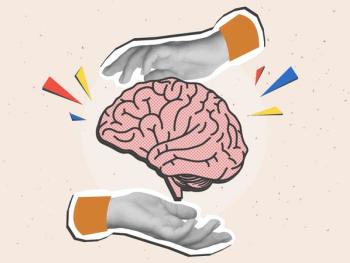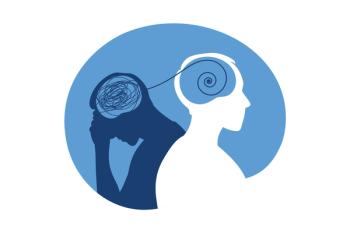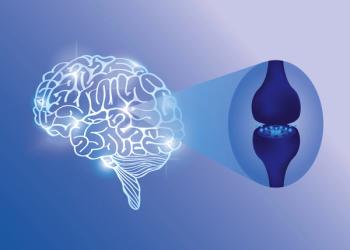
- Vol 39, Issue 3
Chronic Kidney Disease and Lithium—A New Perspective
BIPOLAR UPDATE
Nephrotoxicity is a well-known adverse effect of lithium. Monitoring for nephrotoxicity and using
The estimated glomerular filtration rate (eGFR) has become an easily available routine measure for baseline and periodic monitoring of kidney function in patients on lithium.2 Laboratories report eGFRs of less than 60 mL/minute/1.73 m2 as abnormal and indicating risk of chronic kidney disease (CKD). Stage 3 CKD, associated with an eGFR of 45 plus or minus 14 mL/minute/1.73 m2, is defined as a level of impairment with significant potential for kidney failure and death during a 5-year period. One would usually want to avoid lithium, or consider reducing or discontinuing it, if the eGFR is between 45 and 59 mL/minute/1.73 m2.
In a recent Psychiatric TimesTM Bipolar Update, we discussed ways of dosing
GFR decreases with age, so not all reductions of eGFR during long-term lithium use are due to lithium. Questions have been raised about the longstanding adoption of a fixed threshold of less than 60 mL/minute/1.73 m2 for an abnormal eGFR for patients of all ages. It has been proposed that the thresholds should be 75 mL/minute/1.73 m2 for patients under age 40, 60 mL/minute/1.73 m2 for those aged 40 to 65 years, and 45 mL/minute/1.73 m2 for patients 65 years and older.4
In a recent study, investigators evaluated outcomes associated with CKD when defined by a fixed (< 60) threshold vs these age-adapted eGFR thresholds.5 Utilizing a population-based cohort of patients in the province of Alberta, Canada, investigators found, as expected, that CKD was diagnosed much more often in older adults using the standard threshold of less than 60 compared with using a 45 mL/minute/1.73 m2 threshold. There were 2356 new cases per 100,000 person-years with the 60 mL/minute/1.73 m2 threshold vs 714 with the 45 mL/minute/1.73 m2 threshold. However, 75% of patients with eGFRs from 45 to 59 mL/minute/1.73 m2 were aged 65 or older and had normal or only mild albuminuria. The 5-year risks of kidney failure and deaths among these older adults were similar to those of a control group of non-CKD elderly patients with eGFRs from 60 to 89 mL/minute/1.73 m2. The absolute risk of
The implications for treating with
Younger patients, in contrast, were often underdiagnosed with CKD using the 60 mL/minute/1.73 m2 threshold. The study found 14 vs 91 new cases of CKD per 100,000 person-years with the 60 and 75 mL/minute/1.73 m2 thresholds, respectively. The absolute rate of CKD was low. Still, it would seem prudent to remember the Alberta data and consult with a renal specialist if the eGFR is below 75 mL/minute/1.73 m2 in younger patients. Notably, however, studies of lithium maintenance in younger patients with bipolar disorder have not found declining eGFRs.6
Dr Osser is an associate professor of psychiatry at Harvard Medical School and codirector of the US Department of Veterans Affairs’ National Bipolar Disorder Telehealth Program in Brockton, Massachusetts. The author reports no conflicts of interest concerning the subject matter of this article.
References
1. Taylor DM, Barnes TRE, Young AH. The Maudsley Prescribing Guidelines in Psychiatry. 14th Edition. Wiley Blackwell; 2021:744-745.
2. Morriss R, Benjamin B.
3. Osser DN.
4. Delanaye P, Jager KJ, Bökenkamp A, et al.
5. Liu P, Quinn RR, Lam NN, et al.
6. Clos S, Rauchhaus P, Severn A, et al.
Articles in this issue
over 3 years ago
Research Roundup: Psychiatric Comorbidities in the Newsover 3 years ago
Best Recent Screen Portrayals of Mental Health Issuesover 3 years ago
Optogenetics and Piercing the Professional Armorover 3 years ago
“Inappropriate” Consults: Taxonomy and Strategyover 3 years ago
Exploring Antipsychotic Dose-Responseover 3 years ago
The Assessment of Depression Among Older Adultsalmost 4 years ago
DSM-5-TR…Already?Newsletter
Receive trusted psychiatric news, expert analysis, and clinical insights — subscribe today to support your practice and your patients.











